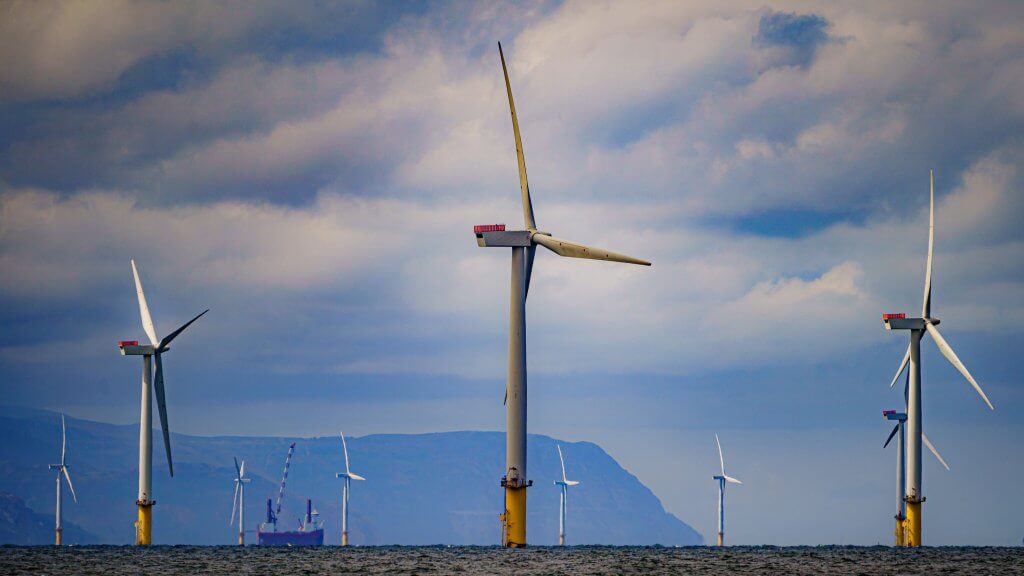
The Scottish Government has given the green light to a vast offshore wind farm that developers say could power every home in Scotland twice over, despite strong opposition from conservation groups concerned about its environmental impact.
The Berwick Bank project, located off the coast of East Lothian, will feature up to 307 turbines and aims to deliver 4.1 gigawatts of capacity — enough to supply around 17 per cent of UK homes, according to its developer, SSE Renewables.
Deputy First Minister Kate Forbes said the decision was a major milestone in Scotland’s push towards net zero. “This consent supports our national energy security and green economic growth while tackling the climate crisis,” she said. She added that ministers had given the application “extremely careful consideration.”
The wind farm will connect to the grid at points in Dunbar and Blyth and is seen as central to meeting both Scottish and UK-wide climate goals. Energy Secretary Ed Miliband said the approval helps put the UK on track to meet its clean power targets by 2030.
SSE Renewables welcomed the move, calling it a “pivotal” project that could rapidly expand Scotland’s renewable capacity and contribute to lower bills and greater energy security. The UK Government currently has 15.9GW of offshore wind in operation, with an additional 28GW having received consent towards a target of up to 50GW by 2030.
But the project has drawn criticism from environmental groups. The National Trust for Scotland said the decision was “deeply disappointing” and warned of “significant harm” to seabird colonies at nearby St Abb’s Head National Nature Reserve.
The charity said the mitigation proposals submitted by developers fell short of what is needed to protect vulnerable species, a view shared by the Scottish Government’s own scientific advisers. It has called for a major revision of the seabird compensation plan, which must be approved before work can begin.
RSPB Scotland described the decision as a “very dark day for seabirds,” with director Anne McCall warning that the development could have catastrophic consequences. “This one wind farm could push some of Scotland’s most iconic seabird species closer to extinction,” she said.
While the Scottish Government has committed to working with developers and conservation groups to minimise the environmental impact, campaigners say more robust safeguards will be needed if the project is to proceed responsibly.